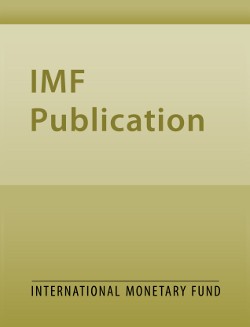
Risk and Capital Flight in Developing Countries
The risks of large capital losses on the domestic assets of developing countries resulting from expropriation, inflation, or devaluations are identified as the major causes of capital flight. The combination of large foreign loans and capital flight from developing countries during the 1970s and early 1980s reflected different perceptions of domestic residents and foreign lenders regarding the risks of holding domestic assets. However, the debt crisis reduced these differences in perceived risks, and resulted in a decline of foreign loans coupled with continuation of capital flight. If sound macroeconomic and structural policies can reduce those risks, they can also stem capital flight.
Publication date: July 1990
ISBN: 9781451962895
$10.00
Add to Cart by clicking price of the language and format you'd like to purchase
Available Languages and Formats
| Paperback | ePub | Mobi | ||
| English |
Prices in red indicate formats that are not yet available but are forthcoming.
Topics covered in this book
This title contains information about the following subjects.
Click on a subject if you would like to see other titles with the same subjects.
Economics- Macroeconomics , Economics / General , International - Economics , capital flight , external debt , balance of payments , debt crisis , debt-equity
Summary
Copyright © 2010 - 2025
Powered by:
AIDC



